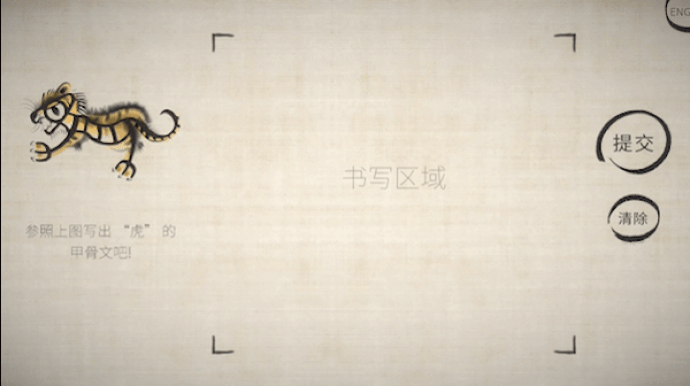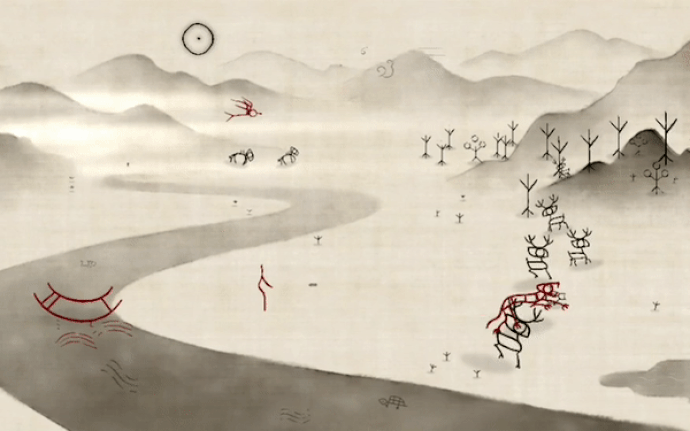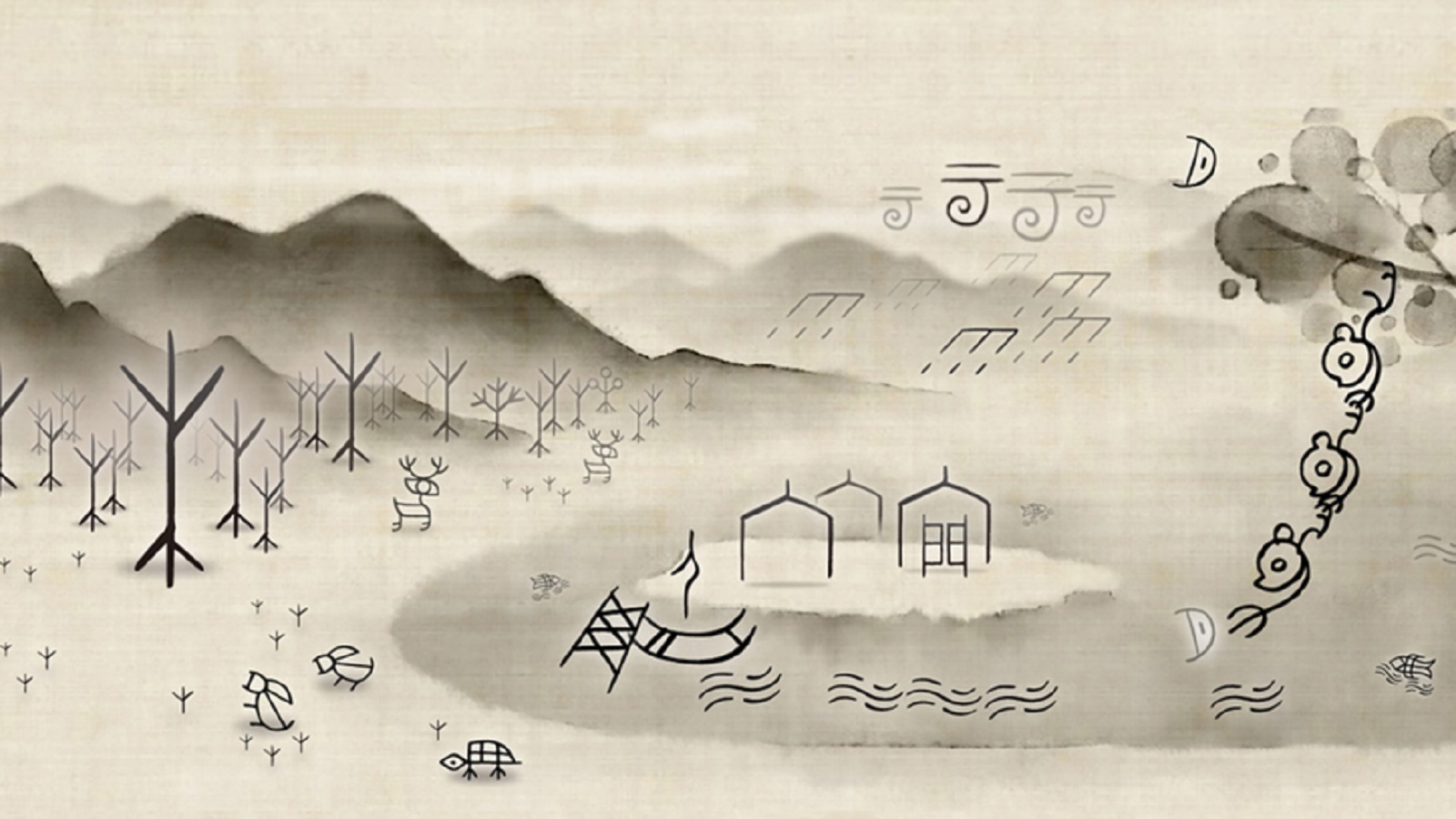A very long time ago, during the Shang dynasty, oracle bones appeared as a form of divination in ancient China. These scripts were used to make important decisions. They are the first recognizable form of Chinese writing. Of the 4,500 different characters used on the oracle bones, around 2,000 have been mapped to modern equivalents. The rest of them are just too hard to be translated. In July 2017, the National Museum of Chinese Writing in Anyang, Henan province, announced that it will offer around $15,000 to those who succeed in deciphering the scripts. Has this led to progression? Well, we don’t know for sure. What we do know is that Google is trying to resurrect this type of writing and make the Chinese learn more about it.
For Google Developer Days in Shanghai, Google, alongside agency MediaMonks Shanghai, has decided to bring this kind of writing to the forefront and let Chinese folks discover more about their own history. What made this class so interesting was that the lesson given to the public was highly interactive. Letters of the old alphabet came to life to do a small dance in front of the visitors’ eyes. Yet, this animated experience wouldn’t have been possible without Google’s TensorFlow software.

In fact, this is the reason for creating the “Living Jiagu” campaign. “How can we make a wide audience understand the potential uses of TensorFlow machine learning technology?” was the big question. So, by going through China’s ancient “archive,” the brand thought why not promote Chinese traditional arts & culture through innovative Google technology? People will learn about their heritage and also find out how Google’s software works. It’s a win-win situation!
Working closely with Google’s Arts & Culture team, the Shanghai-based agency identified Oracle Bone Script to be a perfect tool to promote the brand’s TensorFlow’s impressive image recognition capabilities. The creatives did this by strengthening the connection of Chinese people with their culture and linking it to the use of today’s technology. The project took the form of a huge interactive installation, which Google used to “brag” about its technology. More nicely put, the brand’s pannel made it easy for the audience to understand how the software works.

During this week’s #ThrowBrandThursday story, we’ll take a sneak peek at what Google did a few months ago. To keep the audience entertained while learning about its technology, Google divided its campaign into two main parts: drawing tablets and a large screen. On the drawing tablets, the public was invited to draw an ancient OBS character, based on a provided visual reference. Then, by using a TensorFlow model, their illustration was analyzed in every detail. If the machine considered it to be the right drawing, then it would send it to the larger screen.
Here, on an 8-meter-wide and 2.5m-tall screen, tech-savvy people could see their creations blooming whether on a mountain or a pond. Once they appeared on the screen, the characters were spotted appeared in one of the two worlds and transformed into full-on animated characters, living and moving around on the screen. “Most characters focused on either animals or natural elements, giving us the opportunity to create additional surprises, such as a tiger chasing deer, a person fishing from a boat and monkeys shaking fruit from a tree,” said the team behind the project.
So, tell us, Google, what else can you do with this kind of technology?
Credits:
Client: Google
Agency: MediaMonks Shanghai
Experiential Lead / Creative Technologist: Quentin de La Martinière
Technical Director: Ron Lee
Project Manager: Dennis de Rooij
Project Manager: Bob Best
Animation Producer: Anouk Urban
Producer: Tianwei Wang
Sound producer: Max Dorsman
Developer: Jakko van Hunen, Johan Holwerda, Laurens De Gier
Head of Business: Ramzi Chaabane
Head of Games: Robert den Hertog
Developer: Roberto Nunez, Mariano Larronde, Ivaylo Dimitrov
GIFs: The FWA
